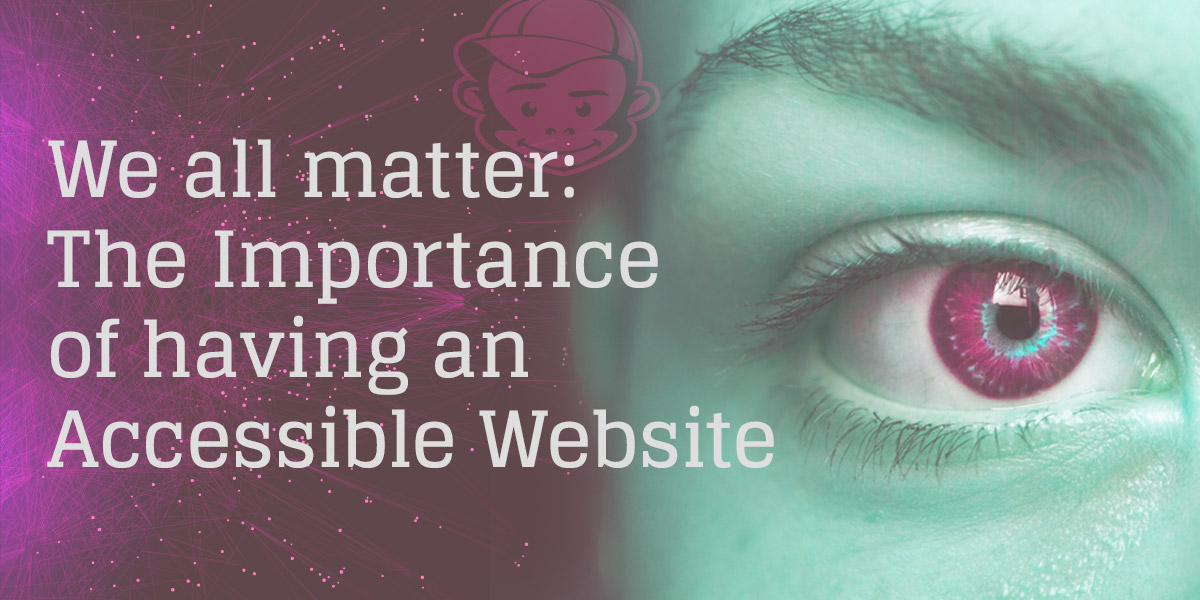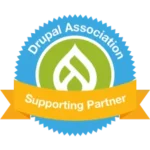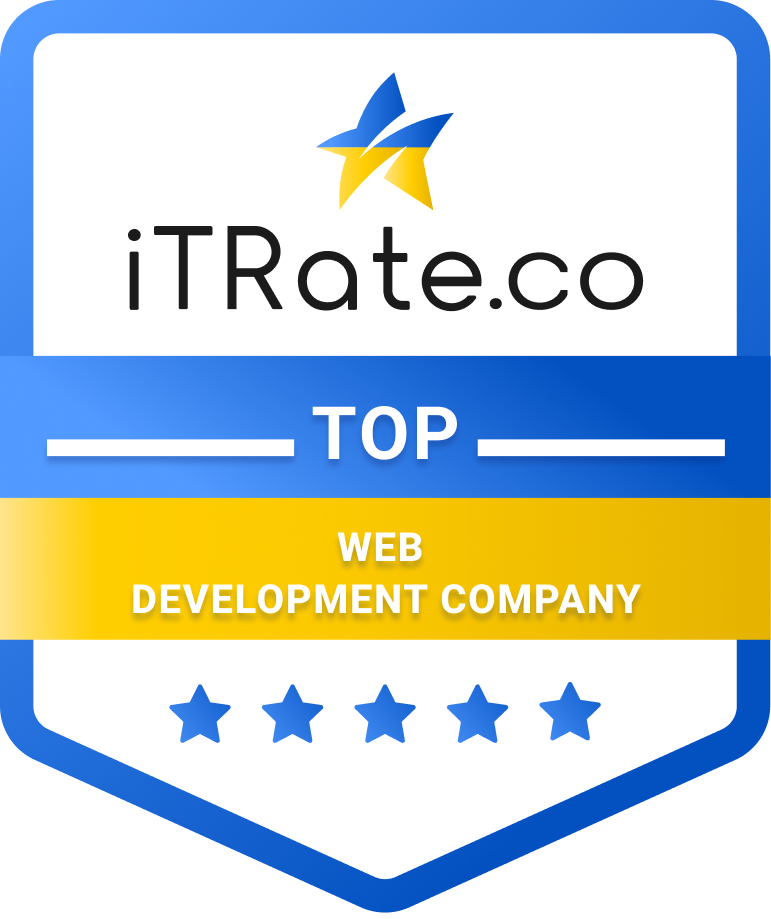Despite universal thinking that we are all created equal, most of us don’t really understand much about having an accessible website. We don’t understand the reasons why accessibility is so important because we haven’t truly experienced the methods and technologies these users rely on.
Today we’re going to fill in some of these blanks for you by sharing some different tools and best practices.
So, as Julie Andrews’ best ever character, Maria von Trapp, once sang, “Let’s start at the very beginning.”
The Basics
Before we even begin thinking about accessibility, we need to think about abilities. It’s crucial to remember that every person is different and has different ability levels. We all experience the world in a completely unique way. Having said that, there are common traits that some people share, and by identifying those traits, we can make groups.
The three main impairment types you should consider when it comes to the web are visual impairments, physical impairments, and auditory impairments.
- Visual impairments. This includes any sort of issue with a person’s eyes or visual perception. Total blindness, astigmatism, near/far-sightedness, and even colour blindness are just a small number of examples.
- Physical Impairments. It’d be impossible to describe every type of physical impairment here, since they manifest in almost unlimited ways. To give you an idea though, things like loss of limbs, limited mobility, or paralysis can be considered examples of physical impairments.
- Auditory impairments. This might not affect your website as much as the previous two categories, but are just as important to consider. If you’re dealing with audiovisual content like podcasts, tutorials, or videos, this can become absolutely crucial to your website.
What Do We Need To Consider?
Now that we have a rough idea of a few types of impairments we will explore, we will also consider how we can help them. Utilizing the web should be an experience for every type of user, with or without a disability.
When you partner with an agency, you should begin with a conversation about code versus content and where the responsibilities lay for both. While good, clean code is indeed important, did you know that a large portion of accessibility of work happens at the content level?
Below we list 3 key items you can implement with your partner agency today (please note that these are very basic, easy to understand descriptions. There is a lot more information and technical “stuff” that should be discussed with your digital agency partner)
1. Alt Tags
This is a simple way to not only increase SEO but reach users with visual disabilities. Alternative tags or text refers to a description of images on your website that helps screen readers read out loud. This enables the visibly impaired to enjoy the experience. If an image has no ALT text, the screen reader would just read ‘IMAGE’, not giving the user a great experience.
2. Keyboard Navigation
Some users are not able to use a keyboard as easily as some. Keyboard navigation allows users to use keyboard commands rather than a mouse, navigating your website and each page with ease. Users that experience motor function or visual impairments rely on keyboard commands and assistive technology.
To ensure your website is keyboard command friendly, work with your agency to make sure they will be able to navigate all interactive elements, bypass many links, and tab through each element.
3. Transcripts & Captioning
When we include any audio or videos on a website, it will be important to include features that take into account those who may be hearing impaired. This can be done by providing transcripts from audio such as podcasts or text captions on videos.
This will provide those with disabilities for hearing the ability to enjoy the full experience and receive the intended information.
What Can We Do?
As the builders of the web, it falls on us to make our sites accessible. Thankfully, the tech community has established a number of tools, techniques, and best practices to tackle the problem.
These days, any modern web browser worth its salt, includes accessibility features to help both users and developers. While not entirely comprehensive, these tools are a great place to begin, and new ones are being added all the time.
For example, earlier this month (March, 2020), the Google Chrome team released a beta version of a dev tool that lets you emulate different types of color blindness. Several organizations have put together guidelines for web accessibility. The W3C has created multiple guidelines, such as the Web Content Accessibility Guidelines (WCAG), the Authoring Tool Accessibility Guidelines (ATAG), and the User Agent Accessibility Guidelines (UAAG) to help guide you to finding the right solutions for your site.
Aside from these in-depth, encyclopedic resources, they have also created quick reference guides that make these guidelines a bit easier to digest (thank goodness).
Bonus
While the 3 items we have talked about are just the tip of the accessibility iceberg, they are excellent beginning reference points. Here are a couple of extra noteworthy bits that will also help guide you on your journey for an accessible website:
- Choose a Content Management System (CMS) that supports accessibility (like WordPress or Drupal for example). If you are not on one of these platforms, you may want to consider a migration to one.
- Prioritize your content – use headings correctly to organize the structure of your content (one example)
- Do not rely on colour alone to convey important information (about 4.5% of the world’s population is colour blind)
When You Partner with Cheeky Monkey Media
When you partner with an agency like Cheeky Monkey Media, we understand the above and the importance of accessibility. While working with clients from design to development, we consider the visual, physical, and auditory impairments.
In design, we consider colour contrast, particularly with text content and backgrounds to satisfy users with colour blindness and impaired vision. For example, text is most readable when the contract of the foreground to the background is high. When Cheeky Monkey Media designs web applications, or user interfaces where following accessibility guidelines such as WCAG(Web Content Accessibility Guidelines) is required, we recommend keeping the contrast ratio high.
During theme build, we will use a base theme which has a good accessibility foundation to start with. We will ensure the site is set up with all the necessary attributes to facilitate meeting WCAG 2.0 AA. If reaching level AAA is your goal, Cheeky Monkey Media will work with you and get you on the right path to achieve this level. We will use tools to test WCAG AA compliance, assess all errors, warnings, and notices and act upon them at the code level when improvements can be made.
For AAA, we will follow a similar process, first, we will tackle what we call “low hanging fruit,” which include errors, warnings, and notices. Why? These items will be the easiest to act upon and have the greatest impact on reaching level AAA requirements. Cheeky Monkey Media works with each client, walking through what those tasks would be and how we get you to the end goal.
Each client deserves a transparent agency partner. That is why we discuss your end goals from the start. With each project, there is the law of diminishing returns that can come into play while developing any website. With level AAA requirements, we discuss the benefits and cost of meeting all requirements. In some cases, meeting all the requirements do not reflect the benefits of doing so. Cheeky Monkey Media works with each client on what is important to them and what that looks like for their website to become accessible and reach the desired level.
Conclusion
Accessibility should be a no brainer as every individual deserves the best experience we can offer them on our website.
Cheeky Monkey Media understands the importance of making your website engaging and accessible for all users. Supporting accessibility not only makes a positive and professional impression on your online audience, it will likely improve your website’s ranking with search engines!
Connect with us to learn more about making this important step forward.





